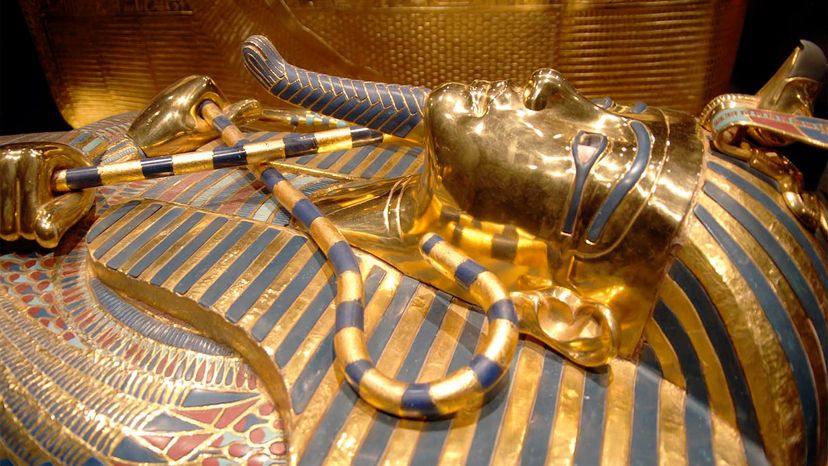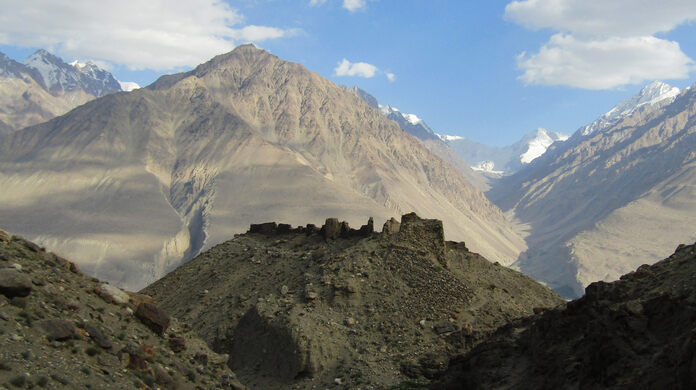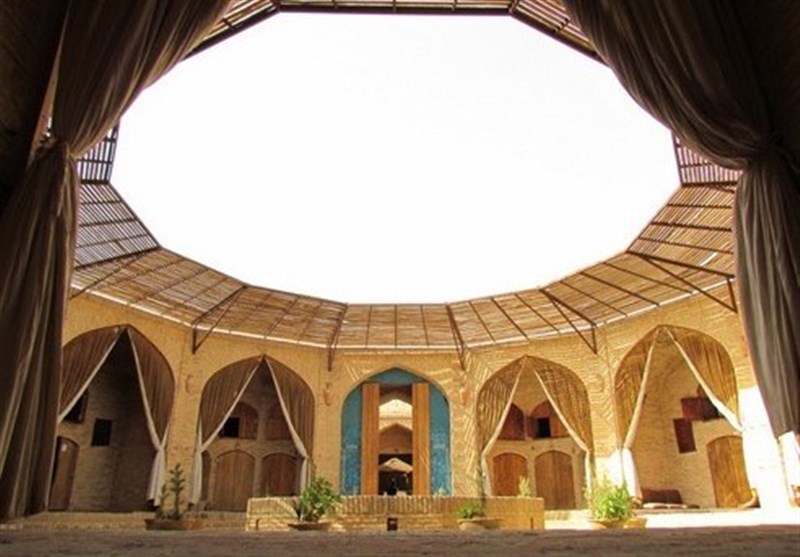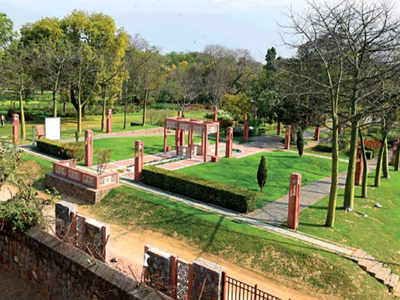
Afghanistan is going through a tumultuous period in its history right now This beautiful land has been the centre of great culture and glorious cities like Herat, Balkh and the Greek city of Ai-Khanoum. Balkh was in fact called the “Mother of all Cities.” Given its geographical positioning, it has seen its share of conquerors from the West. From the Greek forces of Alexander, to the Arabs and the British Empire of the 19th century, Afghanistan has proved to be nearly impossible to permanently conquer, earning it the nickname “Graveyard of Empires”.
About 600km to the east of the city of Mazar-e Sharif is the Wakhan Corridor. This 350km-long narrow strip of land in the region of Badakhshan, sits at the convergence of three of the world’s major mountain ranges: the Hindu Kush, the Karakoram and the Pamirs – known as the Pamir Knot. It also borders Pakistan, China and Tajikistan. This region is culturally and geographically distinct from rest of the country. It is a remote land of small scattered rural settlements. Untouched by tourism, this region is a land of breath-taking views and as close to nature as one can get.

The Wakhi people
For more than 2,500 years, the Wakhan Corridor has been the homeland of the Wakhi people, who belong to an ancient Iranian stock. While the majority of Afghans are Sunni Muslims, the Wakhi are Ismaili Shias whose head is Aga Khan known for the Aga Khan Foundation. Instead of mosques, they have Jamat Khanas (houses of prayer that also serve as community halls for conducting village business).
The Wakhis are also found in the Xinjiang province of China, southeast Tajikistan, and Pakistan where they predominate in northern Chitral, Ishkoman Valley and Gojal, Hunza. They speak the Wakhi language, which appears to be a distant dialect of Persian.

They are a friendly, nature-loving community and very fond of music; the Rubab, Dadang, Qufuz, Duf and Surnai are used to strike melodious tunes. They also play the game of Buzkashi, a sport in which horse-mounted players attempt to mount a goat carcass in a goal. This is a popular Central Asian game. Indian readers would remember seeing it in the popular Hindi movie of the 90’s, ‘Khuda Gawah’ where Amitabh Bacchhan and Sri Devi played this game !
Integral Part of the Silk Road
For hundreds of years, the Wakhan Corridor was an important route for merchants travelling along the Silk Road, the trade route that emerged in the 1st and 2nd Centuries BC linking China with the Mediterranean. Those merchants carried Chinese silk, Persian silver, Roman gold and Afghan lapis lazuli, mined in the Badakhshan region. Travellers and pilgrims also followed in the merchants’ footsteps.
The Pamir region was renowned for its rubies and lapis lazuli. The most famous mine, Kuh-i-Lal was the source of the 170-carat Black Prince’s Ruby now in the Imperial State Crown of Britain.

The ancient royal Sumerian tombs of Ur, located near the Euphrates River in lower Iraq, contained more than 6000 beautifully executed lapis lazuli statuettes of birds, deer, and rodents as well as dishes, beads, and cylinder seals. These carved artifacts undoubtedly came from material mined in northern Afghanistan.

ASSALVE/GETTY IMAGES
This is also the land through which Marco Polo passed in 1273 and before him, the Tang dynasty monk Xuanzang in the 7th century, who has described the Buddhist monasteries of this region. In the town of Ishkashim and Besh Gumbez, there are remains of a sixth-century caravanserai, an ancient motel for Silk Road travelers. It was a strategic valley to the Bactrian Greeks, who built a castle-fortress overlooking it over two thousand years ago. The Yamchun fortress, set in a virtually inaccessible rocky slope, protected by two river canyons, with 40 towers and a citadel. The fortress is locally known as the “Castle of the Fire Worshippers”, no doubt referring to a Zoroastrian temple.

This is hardly surprising as Pre-Islamic Badakhshan was Zoroastrian, worshipping fire, the sun and spirits of ancestors and at the same time practicing a distinct Badakhshani version of Buddhism. The remains of 7th-8th century Buddhist man-made caves that could have also been a Zoroastrian site in the past are also found here.
Nazif Shahrani, in his book ‘The Kirghiz and Wakhi of Afghanistan: Adaptation to Closed Frontiers and
War’ , maintains that until the collapse of Mughal Empire in India, Wakhan was one of the
main routes for traders and merchants between India, China and major cities like Bactria
and Bukhara in modern-day Afghanistan and Central Asia. It was only after the development of the sea routes in the 15th century that this route went into a decline.
More Recent Events
In the late 19th Century, the Wakhan Corridor played a key role in the so-called “Great Game” between Great Britain and Russia. The Wakhan’s current boundaries were formed in 1893 to create a buffer zone to prevent both parties’ territories from touching each other – in this case, the British Raj and the Tsarist Russian empire.
In recent times, China’s Belt and Road Initiative has potential to turn it into an important trade route once again. The tip of the Wakhan Corridor in the Little Pamirs will become a crossing point for its China-Pakistan Economic Corridor (CPEC) and the port of Gwadar in Pakistan marks the beginning. China’ presence in this region is part of its larger ambition to gain a foothold in this region as well as control over the regional economy and security through building military installations and funding infrastructure projects.
The people of Wakhan have mixed emotions about the road that Chinese are building here. They recognize the economic benefits and the access to more modern amenities yet fear that their unique Wakhi culture may get eroded. Time will tell what the future has in store for this region.
References:
https://www.bbc.com/travel/article/20210701-a-new-road-to-an-inaccessible-land
https://www.responsibletravel.com/holidays/afghanistan/travel-guide/the-wakhan-corridor
https://en.wikipedia.org/wiki/Wakhi_people
https://travelthehimalayas.com/kiki/2018/7/28/the-wakhi-people
https://tribune.com.pk/story/452803/walking-with-the-wakhi
https://hindukushtrails.com/tribes-wakhi.php
https://www.remotelands.com/travelogues/faces-of-the-wakhan-valley/
https://www.nationalgeographic.org/article/silk-road-threads-through-history/
https://science.howstuffworks.com/environmental/earth/geology/lapis-lazuli.htm













